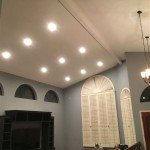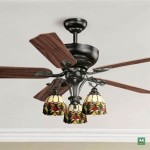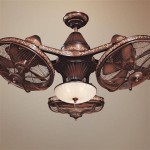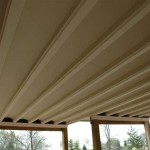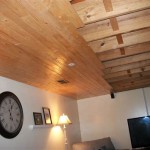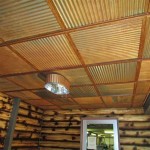Why Do English Homes Have Low Ceilings?
The low ceilings of traditional English homes are often a source of curiosity and sometimes even discomfort for those accustomed to more spacious living spaces. This seemingly peculiar architectural characteristic has roots in a complex interplay of historical, practical, and cultural factors. Understanding these factors provides insight into the evolution of English domestic architecture and the values that shaped its design.
The Influence of Building Materials and Techniques
During the medieval period and beyond, timber was a prevalent building material in England. This limited the height of walls and ceilings, as the structural strength of timber beams was relatively modest compared to modern materials. The use of thatch as a roofing material further restricted ceiling heights due to the inherent weight and fire hazard associated with this traditional roofing method.
The advent of brick construction in the 16th century allowed for higher ceilings, but this technology was initially expensive and reserved for grander homes. Brick construction also introduced new challenges: the need for thicker walls and more complex framing. The expense and labor involved in constructing higher ceilings, combined with the established tradition of low ceilings, contributed to the persistence of this architectural feature in many English homes.
Economic Considerations and Social Hierarchy
The cost of heating homes was a significant factor in the design of traditional English houses. Low ceilings reduced the volume of air to be heated, making it easier and more affordable to maintain a comfortable temperature, especially during the colder months. This practicality was particularly important for homes built in the pre-industrial era, when heating options were limited and fuel was expensive.
Low ceilings also reflected social hierarchy and status. Smaller, more modest homes of the working class typically featured lower ceilings, while grander houses of the gentry and aristocracy often boasted higher ceilings as a sign of wealth and power. This distinction was not only a matter of aesthetics but also a practical expression of class differences, with higher ceilings allowing for greater light and ventilation, which were considered desirable qualities in affluent households.
Cultural Influences and Changing Tastes
English domestic architecture was also influenced by aesthetic and cultural preferences. During the Georgian era, a preference for symmetry and order influenced the design of houses. This emphasis on formal elegance often manifested in the use of low ceilings, which provided a sense of proportion and balance to the interior spaces. However, it is important to note that this was not a universal trend, and many Georgian homes featured higher ceilings, particularly in grander buildings.
With the rise of the Victorian era, a renewed emphasis on spaciousness and light led to a gradual shift towards higher ceilings. The Industrial Revolution and the growth of middle-class wealth made it easier to construct larger, more comfortable homes. However, the legacy of low ceilings persisted in many traditional English houses, even as newer homes began to embrace more modern design principles.
It is important to remember that the height of ceilings in English homes is a multifaceted phenomenon, shaped by a combination of practical, economic, cultural, and historical factors. Understanding the multifaceted nature of this architectural feature helps to appreciate the intricate relationship between building design, social structures, and evolving cultural values in English history.

Why Do So Many Britons Seem To Like Low Ceilings And Small Windows In Their Houses Quora

The Househunter Low Ceilings And Awkward Shapes Mad About House

The Househunter Low Ceilings And Awkward Shapes Mad About House

Raising The Bar On Lower Ceilings Patrick Ahearn Architect

Low Ceiling Solutions Ceilings Armstrong Residential

The Househunter Low Ceilings And Awkward Shapes Mad About House

The Househunter Low Ceilings And Awkward Shapes Mad About House

The Househunter Low Ceilings And Awkward Shapes Mad About House

15 Tips On How To Make Your Ceiling Look Higher

The Quiet Revolution In British Housing Architecture Guardian
Related Posts

